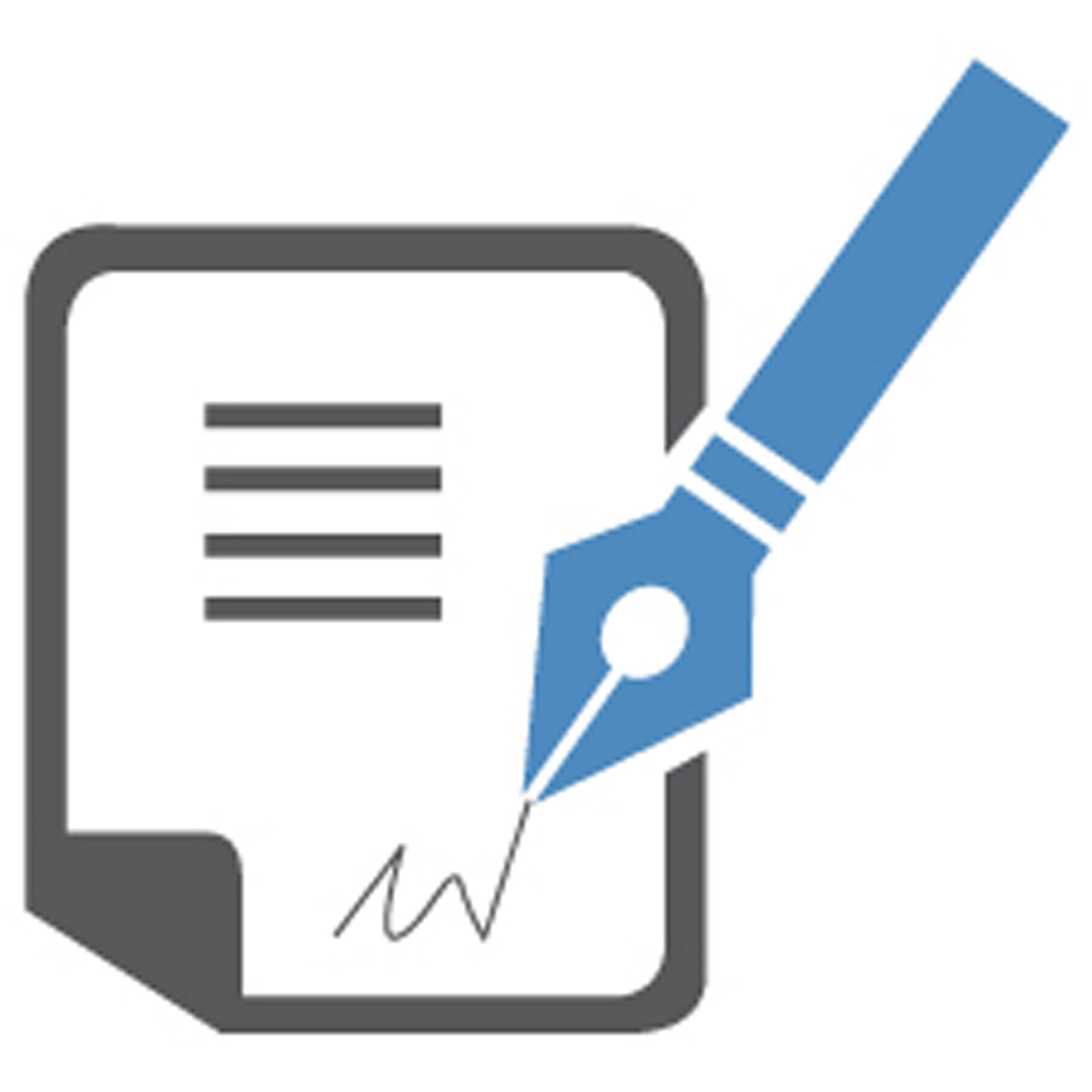 Congratulations — a lead clicked on a call-to-action and ended up on a landing page form. That's an accomplishment in and of itself. But of course, the real challenge is just beginning. You now want your lead to enter their information and turn into a high-quality lead. Unfortunately, research suggests that half the time visitors leave before doing this. The reasons vary, but they generally include things like too many fields, an offer they didn't expect, or even slow page load times.
Congratulations — a lead clicked on a call-to-action and ended up on a landing page form. That's an accomplishment in and of itself. But of course, the real challenge is just beginning. You now want your lead to enter their information and turn into a high-quality lead. Unfortunately, research suggests that half the time visitors leave before doing this. The reasons vary, but they generally include things like too many fields, an offer they didn't expect, or even slow page load times.
With that in mind, we'd like to pass along some best practices of landing page forms to help reduce visitor bounce rate and boost your chances of securing high-quality leads. These include:
A compelling first impression. You have a window of only a few seconds to engage the visitor, so make sure the page has a punchy headline, a good image, no typos or grammatical errors, and crisp web copy that is easy to follow.
A logical and expected offering. Nothing confuses visitors more than showing them something they didn't expect. Make sure your landing page provides visitors with what they were promised in the previous step. For example, if you send an eBlast which says, "Click here for a free consultation," make sure the landing page greets them with familiar language like, "Thanks for expressing interest in a free consultation. Our team is looking forward to working with you!"
An eye towards the purchasing funnel. Similarly, make sure your offering and web copy maps to where the visitor is in the purchasing funnel. For example, the visitor's location in the funnel will dictate how many forms you'll include. A good rule of thumb is to keep fields to a minimum for top of the funnel visitors. After all, more fields mean the visitor will need to take more time to fill them out, raising the risk of abandoning the page entirely. For these visitors, you can get by with three fields: first name, last name, and e-mail address.
Less is more. If this wasn't apparent by now, err on the side of brevity. As we just noted, your landing page can include three fields for top of the funnel visitors. You can add more for bottom of the funnel candidates since they are familiar with your brand. The maximum amount of fields for these visitors is seven and can include things like telephone number and job title.
Effective field placement and page design. Make it easy for visitors to immediately see the fields where they enter their information. Minimize the need for scrolling. Have the forms look relatively large on the screen and surrounded by sufficient white space so they're not obscured by excessive text.
Test, test, test. You won't reach landing page nirvana on your first try. Conduct A/B testing, experimenting with different designs, language, and number of forms. Over time, an optimal design will emerge. And speaking of optimal designs, our pals at HubSpot recently profiled six killer landing page designs. Check them out here.
What do you think? What landing page design principles have worked best for your team? What approaches have cut bounce rates? What's most difficult about landing page design?





